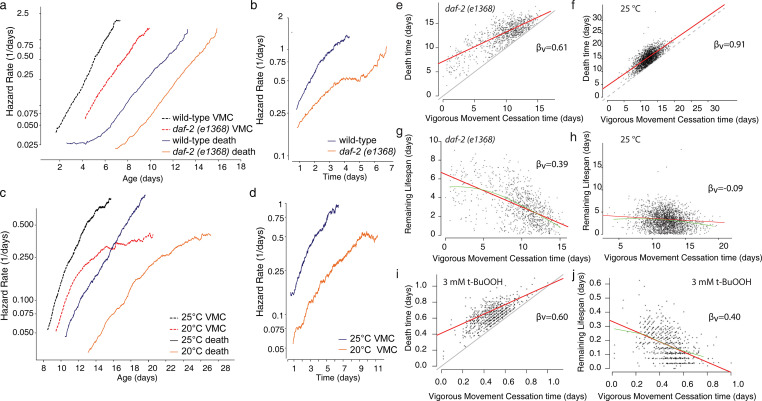Fig 3. The effect of interventions on vigorous movement and lifespan.
a. In a population of 919 wild-type (purple) and 906 daf-2(e1368) (black) individuals, we estimated the risk of vigorous movement cessation (VMC) (solid) and the risk of death (dashed). b. In the same population, we estimated the "clock-reset" risk of an individual’s death after VMC for wild-type populations (light red) and daf-2(e1368) populations (dark red). c. For 1441 wild-type individuals housed at 20°C (black) and 2346 individuals housed at 25°C (purple), we estimated the same risks, for VMC (solid) and death (dashed). d. the “clock-reset” risk of death for the same populations as c. e. The relationship between each individual’s death and VMC times in a daf-2(e1368) population, with the linear regression line (red) and unit line y = x (black) overlaid. f. The same analysis but for a wild-type population housed at 25°C. g. The relationship between VMC times and lifespan remaining after VMC for the daf-2(e1368) population, with the linear regression line (red) and LOESS regression line (green) overlaid. h. The same analysis but for wild-type animals housed at 25°C. i. The relationship between VMC and lifespan for wild-type populations exposed to 3 mM t-BuOOH j. The relationship between VMC and remaining lifespan for the same population.

